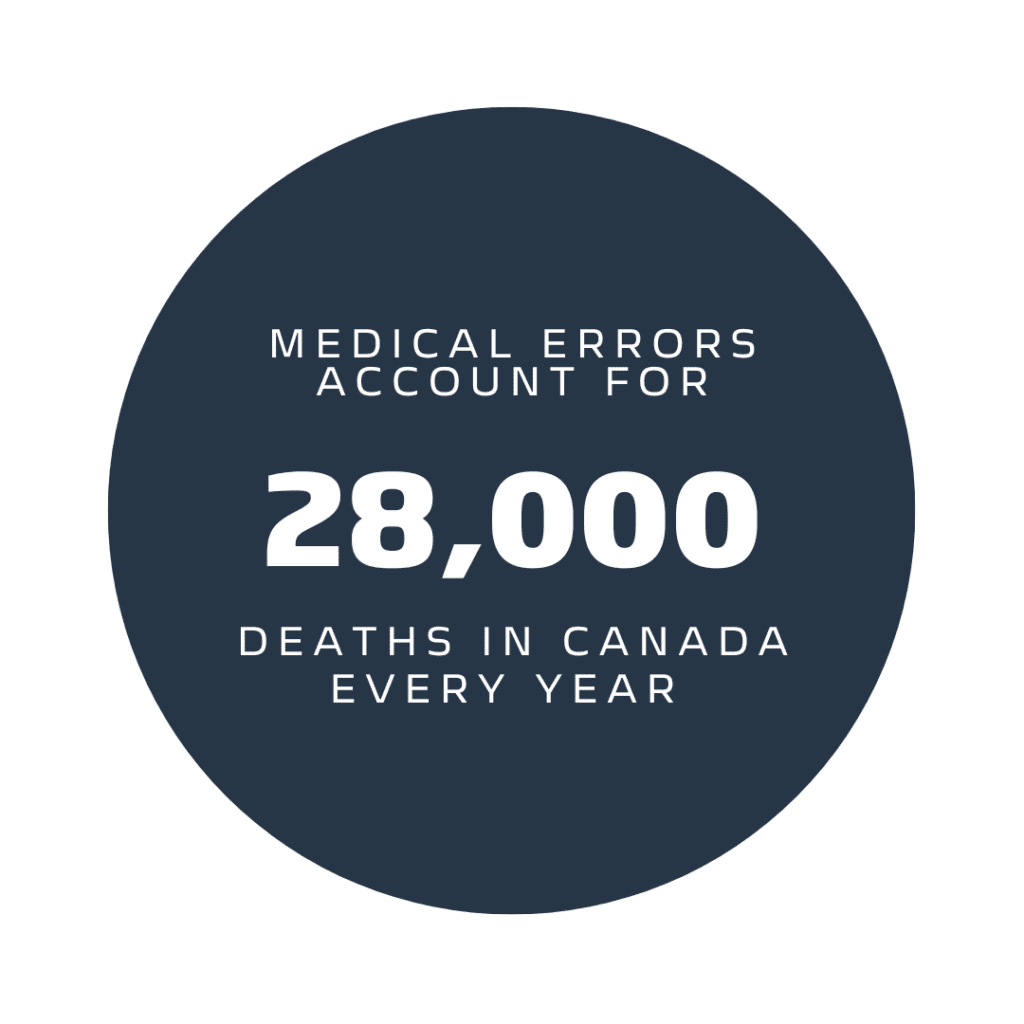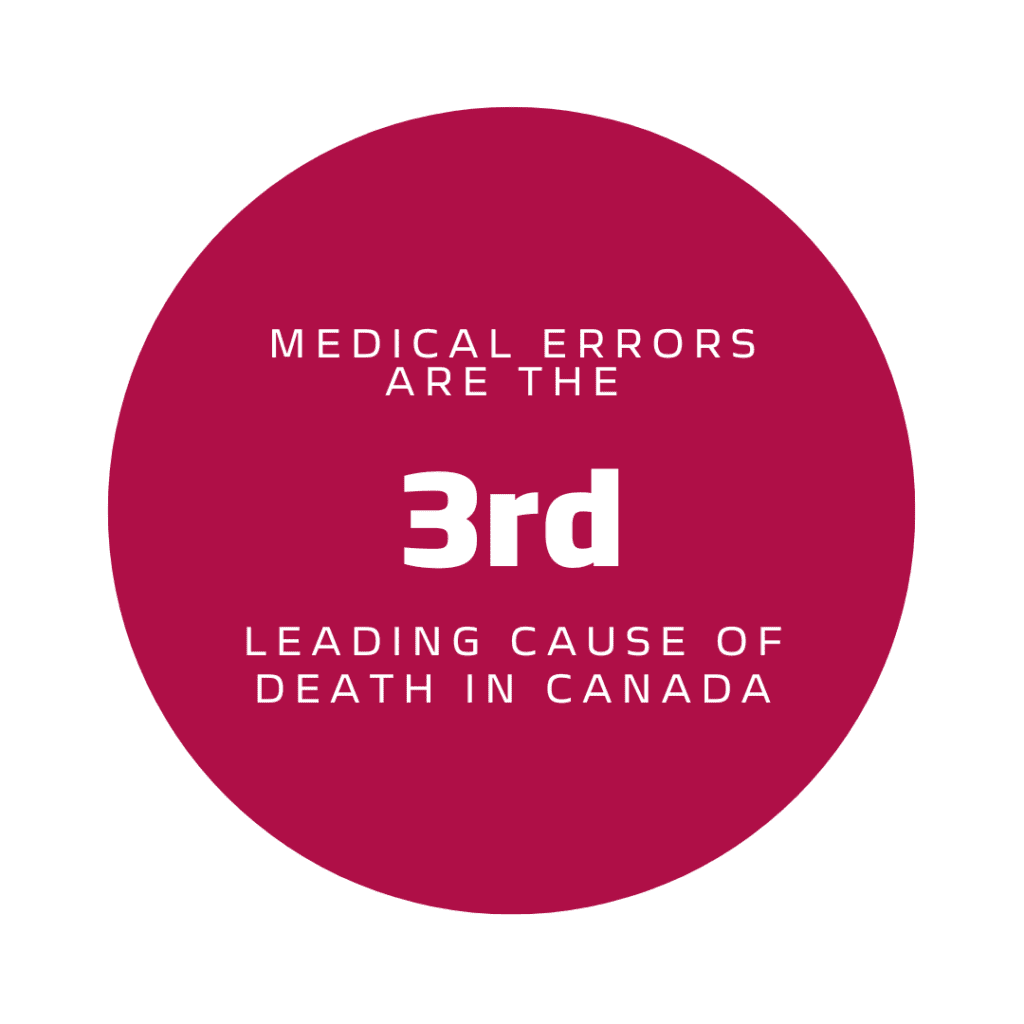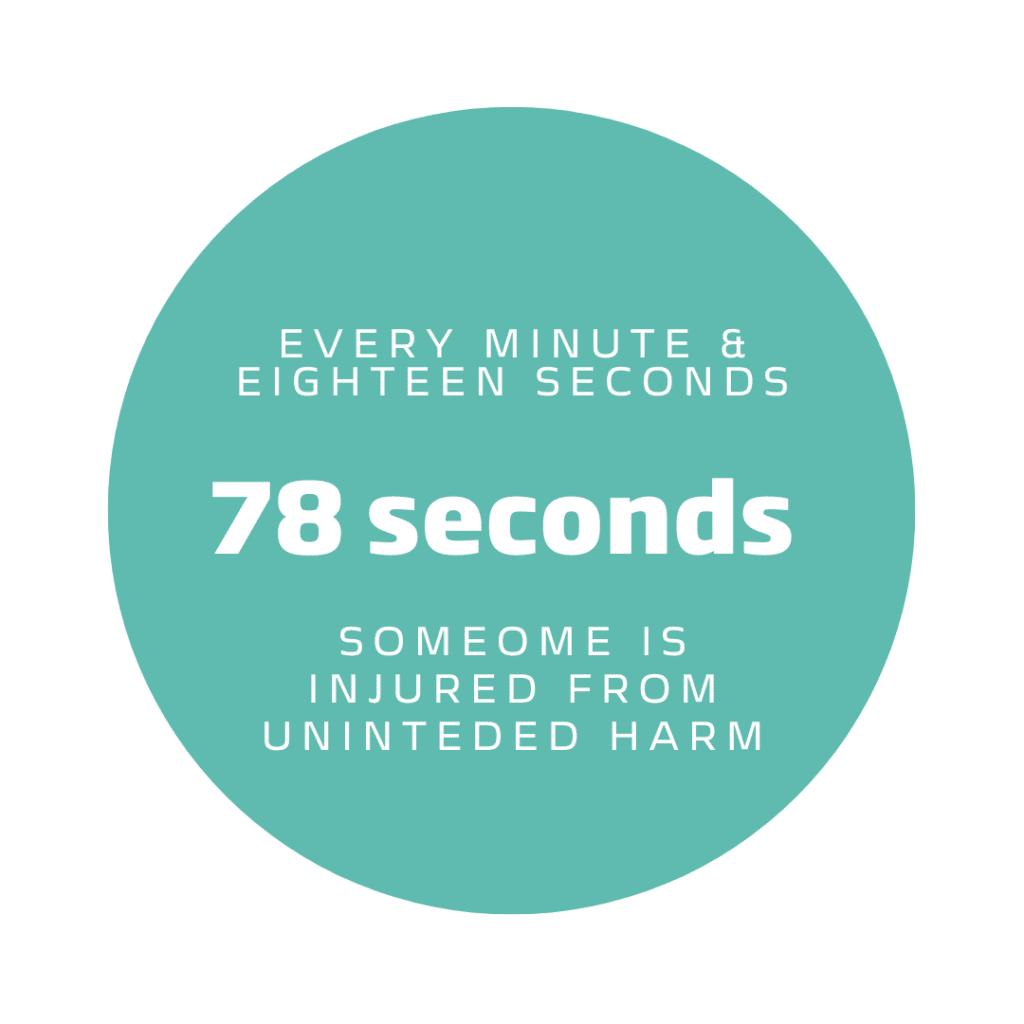
Canadian Patient Safety Week is an annual campaign to inspire extraordinary patient safety and quality improvements. From October 24 – 28, Strata Health is proud to support this year’s theme: Press Play on Safety Conversations. With health systems across the country under strain, the risk of unintended harm grows. Now more than ever, we need to focus on patient and healthcare provider safety. When we have safety conversations, it changes the way we think about safety. Ask questions, listen, and act.
Canada must improve patient safety
The pandemic intensified Canada’s ongoing challenge of providing equitable and timely access to safe, high-quality care. These gaps in patient experiences and care outcomes are having a detrimental effect on the health of Canadians.
Did you know?
Unintended harm continues to occur at an alarming rate in Canada. According to the Canadian Patient Safety Institute:
- Medical errors account for 28,000 deaths in Canada every year
- Medical errors are the third leading cause of death in Canada, after cancer and heart disease
- Medical errors are the third leading cause of death in Canada, after cancer and heart disease
- Every minute and 18 seconds, someone is injured from unintended harm






To ensure safe care for everyone, we must rethink our approach.
This article provides three ways to improve patient safety and avoid unintended harm in healthcare.
1. Axe the Fax
Fax machines should be a thing of the past. Yet, despite tremendous technological advancements, many contact points in the healthcare system still rely on fax machines to communicate. Unfortunately, this outdated, cumbersome machine is not fool-proof; fax failures happen daily, which can be frustrating, costly, and, most importantly, cause patients to fall through the cracks. To add fuel to the fire, humans make unintentional mistakes, and even the most innocent error can severely affect a patient’s health, safety, and privacy. Now’s the time to axe the fax, take advantage of advances in digital technology, and apply them to healthcare.
2. Improve Patient Engagement
A recent study found that strengthening the patient’s role in managing their healthcare can contribute to improved outcomes, better experiences, and lower costs on health systems. When patients are proactively involved in their healthcare journey, it can close the gap in the quality of care received. Effective patient engagement starts with overcoming communication challenges, simplifying healthcare information to make complex concepts and decisions more approachable, and reassessing the decision-making process to involve patients as active, informed participants. Introducing patient-facing tools and apps can help drive interest and overcome communication barriers.
3. Improve Transitions of Care
Too many Canadians are stuck waiting for appropriate health care in waiting rooms, hospital beds, hallways, or alone in isolation. Older adults are especially vulnerable as they move between types of care within a health system. Slow and poor transitions of care place patients at risk for treatment delays, hospital readmissions, health complications, and poor experiences and outcomes. To improve transitions of care, providers need better tools that automate processes and streamline care coordination activities so that less time is spent on mundane and repetitive tasks and more time is spent giving patients the care and attention they deserve.
Patient safety is in your hands
Now that you’re aware of some of the factors that can help improve patient safety, we invite you to continue the conversation in the comments below. Together we can create safety, eliminate incidents of unintended harm, and act on and learn from errors.
Improve patient safety with Strata Health
If you’re interested in learning more about how our software solutions can improve patient safety or would like to book a demo, get in touch.